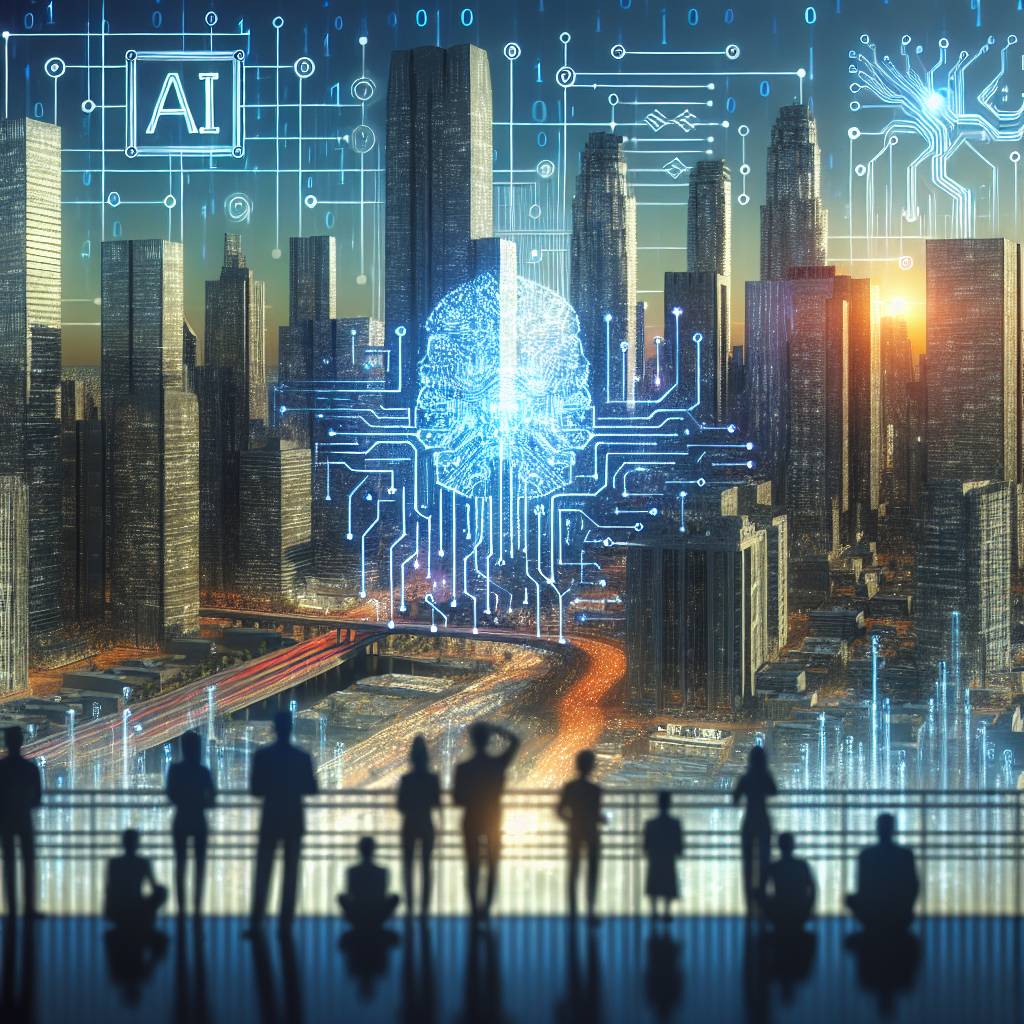The Impact of AI on Architectural Experience
Artificial Intelligence (AI) is revolutionizing every industry, including architecture. The impact of AI on the architectural experience is significant, as it is changing the way buildings are designed, constructed, and experienced by users. In this article, we will explore the various ways in which AI is transforming the architectural field and enhancing the overall experience for architects, builders, and occupants.
1. Design Process
One of the most significant impacts of AI on architecture is its ability to enhance the design process. AI algorithms can generate complex and innovative designs quickly, allowing architects to explore a wide range of possibilities and find the best solutions for their projects. These algorithms can analyze vast amounts of data and provide insights that would be impossible for humans to uncover on their own.
AI can also help architects optimize their designs for energy efficiency, sustainability, and cost-effectiveness. By simulating different scenarios and analyzing the outcomes, AI can help architects make informed decisions that result in better-performing buildings.
2. Construction
AI is also transforming the construction process by improving efficiency, safety, and quality. AI-powered robots and drones can perform tasks that are dangerous or labor-intensive for humans, such as site inspections, material handling, and even construction itself. These technologies can work around the clock, improving productivity and reducing the time and cost of construction projects.
AI can also improve the quality of construction by detecting errors and defects early in the process. By analyzing data from sensors and cameras, AI algorithms can identify issues that may not be visible to the naked eye, allowing builders to address them before they become costly problems.
3. User Experience
AI is also enhancing the user experience of buildings by creating smart, interactive spaces that adapt to the needs of occupants. Smart building systems powered by AI can monitor and adjust lighting, temperature, and other environmental factors in real-time, providing a comfortable and personalized experience for users.
AI can also improve security in buildings by analyzing patterns of behavior and detecting anomalies that may indicate a threat. By integrating AI-powered security systems, buildings can provide a safer environment for occupants and reduce the risk of incidents.
4. Sustainability
AI is playing a crucial role in promoting sustainability in architecture by optimizing energy consumption, reducing waste, and promoting green building practices. AI algorithms can analyze data from sensors and meters to identify opportunities for energy savings and recommend strategies for reducing carbon emissions.
AI can also help architects design buildings that are more environmentally friendly by simulating the performance of different materials and systems. By analyzing the environmental impact of various design choices, architects can make informed decisions that minimize the carbon footprint of their projects.
FAQs
Q: How is AI used in architectural design?
A: AI is used in architectural design to generate innovative designs, optimize building performance, and promote sustainability. AI algorithms can analyze vast amounts of data and provide insights that help architects find the best solutions for their projects.
Q: Can AI robots replace human architects?
A: While AI robots can perform certain tasks in the architectural process, such as site inspections and material handling, they are not likely to replace human architects entirely. AI is best used as a tool to enhance the skills and creativity of architects, rather than replace them.
Q: How does AI improve the user experience of buildings?
A: AI improves the user experience of buildings by creating smart, interactive spaces that adapt to the needs of occupants. Smart building systems powered by AI can monitor and adjust lighting, temperature, and other environmental factors in real-time, providing a comfortable and personalized experience for users.
Q: What are the challenges of using AI in architecture?
A: Some of the challenges of using AI in architecture include the need for specialized training and expertise, concerns about data privacy and security, and the potential for bias in AI algorithms. Architects must be mindful of these challenges and work to address them as AI technology continues to evolve.
In conclusion, AI is revolutionizing the architectural field by enhancing the design process, improving construction efficiency, enhancing the user experience of buildings, and promoting sustainability. While there are challenges to overcome, the potential benefits of AI in architecture are significant and will continue to shape the industry in the years to come. Architects who embrace AI technology and integrate it into their practice will be better positioned to create innovative, sustainable, and user-friendly buildings that meet the needs of the future.

